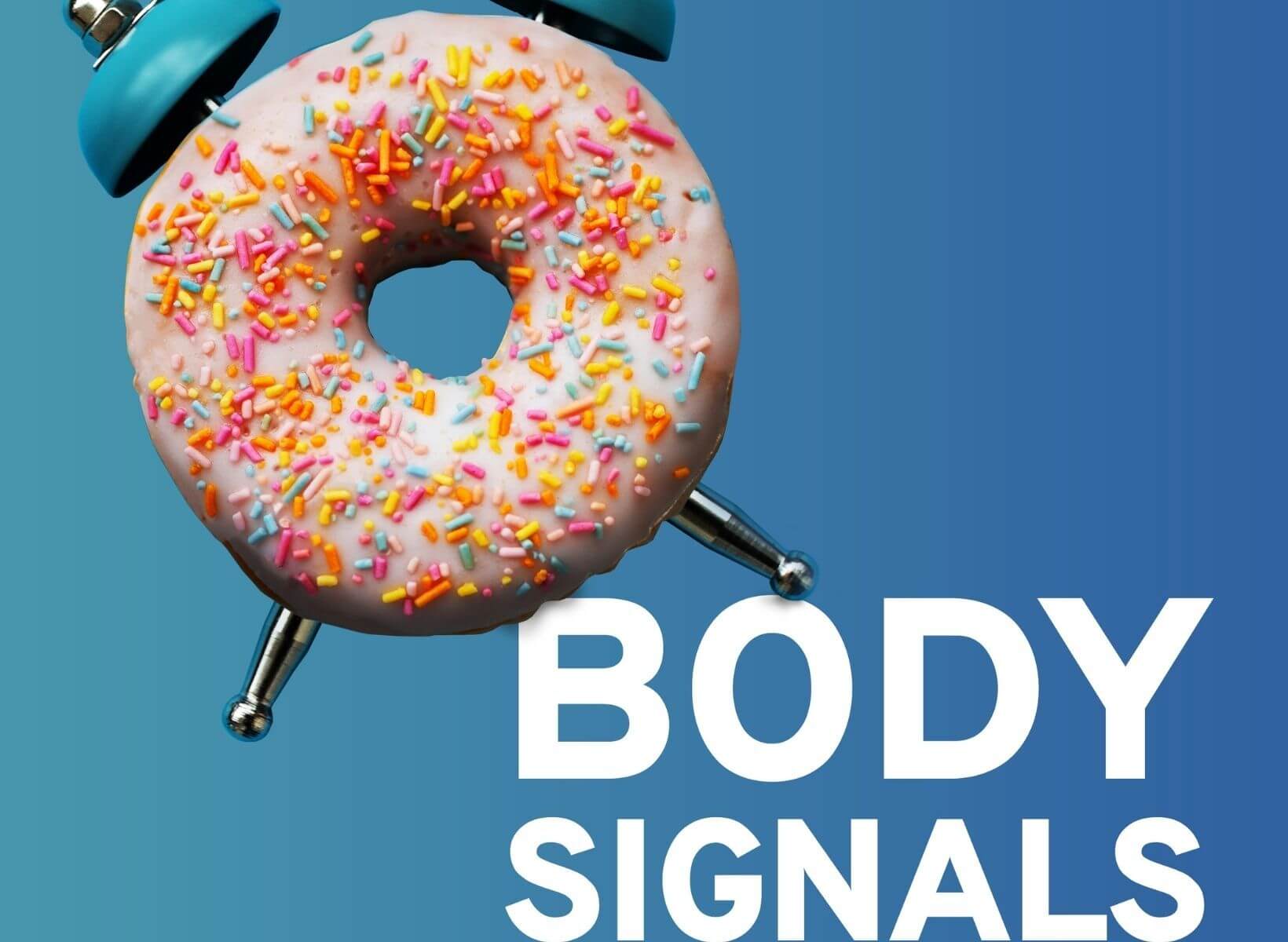Can the order in which you eat your food actually lower your blood sugar? Studies suggest that meal sequencing, the order in which you consume different types of foods, might impact blood glucose control.
When you eat fat and protein before carbohydrates, as most people do when they practice food sequencing, you may experience increased feelings of fullness or satiety. It may also help prevent spikes in blood sugar.
Eating these macronutrients before carbohydrates can help promote the secretion of a hormone called glucagon-like peptide-1 (GLP-1), which, among other effects, can help delay gastric emptying and improve post-meal blood sugar.
This can help you feel full and satisfied for longer, reduce the risk of overeating, and help keep cravings in check.
{{mid-cta}}
What Does the Science Say?
A 5-year study from 2022 looked at whether eating vegetables before carbohydrates impacted blood sugar among people with type 2 diabetes. The results of the study showed a substantial improvement in hemoglobin A1C (average blood sugar levels within the last three months) after study participants followed meal sequencing for five years.
While the above study suggests that meal sequencing has an impact on blood sugar management, a systematic review of 8 different studies found that meal sequencing made little to no difference in hemoglobin A1C, plasma glucose, plasma insulin, and plasma GLP-1 when compared to not following meal sequencing.
The researchers that conducted the review stated that there was no hard evidence to support the benefit of meal sequencing any more than standard dietary advice for type 2 diabetes.
Food sequencing may be helpful for blood glucose management, but it shouldn’t be the only approach to managing diabetes.
How to Practice Meal Sequencing

Protein and fat increase feelings of satiety and slow digestion. In addition to eating protein and fat first, eating fiber before you eat your carbs can help manage blood sugar and prevent or decrease post-meal spikes. Here’s what to do:
1. Start With Fibrous Vegetables
Begin your meal with non-starchy, fibrous vegetables. These foods are low in carbohydrates and high in fiber, helping to slow down the absorption of sugars and reducing the overall impact on blood glucose levels.
2. Protein Comes Next
Follow with a source of lean protein. Protein-rich foods, such as chicken, fish, tofu, or legumes, can help promote satiety and slow the digestion of carbohydrates. Legumes are a double-whammy when it comes to meal sequencing because they are high in protein and fiber.
3. Incorporate Healthy Fats
Including sources of healthy fats, such as avocados, nuts, seeds, or olive oil, in your meal can also contribute to better blood glucose control. Fats slow down digestion, leading to a slower release of glucose into the bloodstream.
4. Finish With Carbohydrates
Eating your carbs last can help manage post-meal blood glucose spikes.
<p class="pro-tip"><strong>Learn More: </strong><a href="mediterranean-diet">Mediterranean Diet and Blood Sugar</a>.</p>
Other Tips for Blood Sugar Management

Consistent Carbohydrate Intake
Consuming carbohydrates every three to four hours with meals and snacks helps keep blood sugar levels stable and prevents highs and lows. Combine protein and fat with carbohydrates at meals and snacks.
Regular Exercise
Exercise is an important part of managing diabetes. When you are consistently active, your muscles use sugar for energy. Being routinely physically active also helps your body respond better to insulin. The more strenuous your workout, the longer the effect lasts. Even lighter exercise can improve your blood sugar.
Aim for at least 150 minutes a week of moderate aerobic activity. That includes activities that increase your heart rate, such as walking, biking, and swimming. Aim for about 30 minutes of moderate aerobic activity a day on most days of the week. You may also want to do some resistance exercises 2 to 3 times a week.
Consult with your healthcare provider before starting a new exercise routine.
Beverages
Make mindful beverage choices, as drinks with added sugar can quickly elevate blood glucose levels. Opt for water, herbal tea, or other sugar-free, calorie-free beverages.
Regular Blood Glucose Monitoring
Regularly monitor your blood glucose levels to understand how different meals affect your body. A continuous glucose monitor (CGM) can help you make informed choices and adjust your meal sequencing accordingly.
Work with Professionals
People who live with diabetes or specific dietary concerns need to work closely with healthcare professionals, including registered dietitians. They can provide personalized nutrition guidance based on your individual preferences and needs.
Learn More About How to Improve Blood Sugar Health With Signos’ Expert Advice
Blood sugar health has a huge impact on how you feel and how well your body functions. That’s why it’s so important to understand how different things affect your blood sugar levels.
Signos CGM empowers you to improve your health by keeping track of your diet, exercise, sleep habits, and blood sugar. Knowledge is power, and a CGM can give you specific information about how your habits affect your health.
Signos has a team of health experts who compile evidence-based nutrition information to help you improve your health and wellness. Check out the resources here.
Find out if Signos is a good fit for you by taking a quick quiz.
<p class="pro-tip"><strong>Also Read: </strong><a href="elimination-diet-meal-plan">Elimination Diet Meal Plan: 18 Healthy Body-Healing Meal Ideas</a>.</p>
- Item 1
- Item 2
- item 3
Topics discussed in this article:
References
- Kubota S, Liu Y, Iizuka K, Kuwata H, Seino Y, Yabe D. A review of recent findings on meal sequence: an attractive dietary approach to prevention and management of type 2 diabetes. Nutrients. 2020;12(9):2502. doi:10.3390/nu12092502
- Nitta A, Imai S, Kajiayama S, et al. Impact of dietitian-led nutrition therapy of food order on 5-year glycemic control in outpatients with type 2 diabetes at primary care clinic: retrospective cohort study. Nutrients. 2022;14(14):2865. doi:10.3390/nu14142865
- Okami Y, Tsunoda H, Watanabe J, Kataoka Y. Efficacy of a meal sequence in patients with type 2 diabetes: a systematic review and meta-analysis. BMJ Open Diabetes Res Care. 2022;10(1):e002534. doi:10.1136/bmjdrc-2021-002534
































